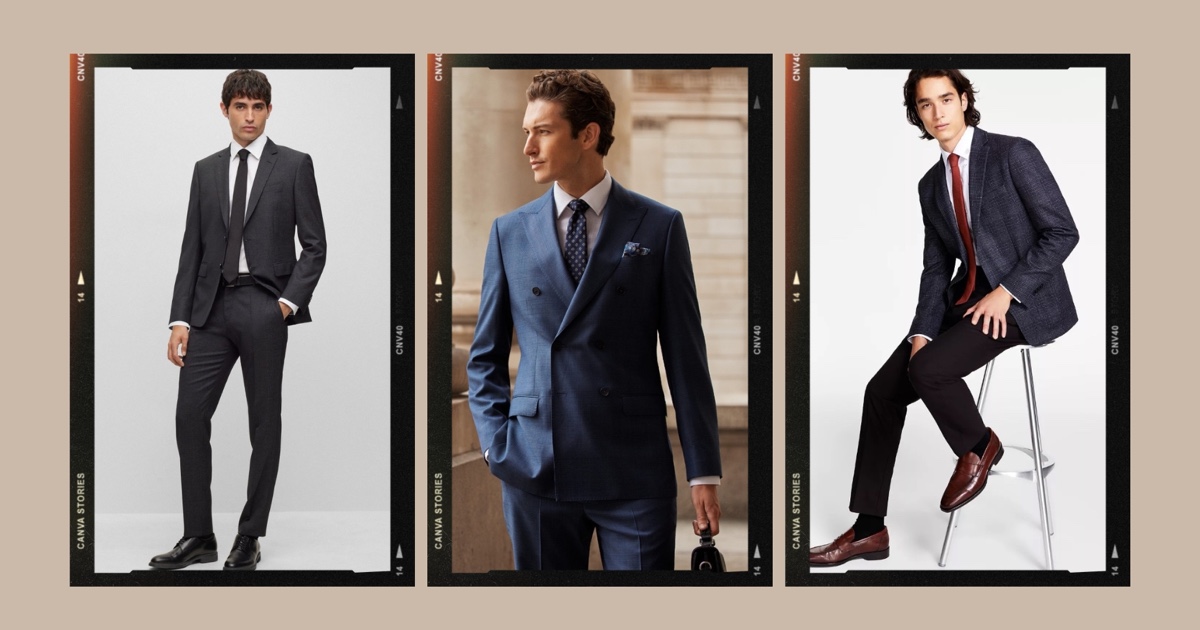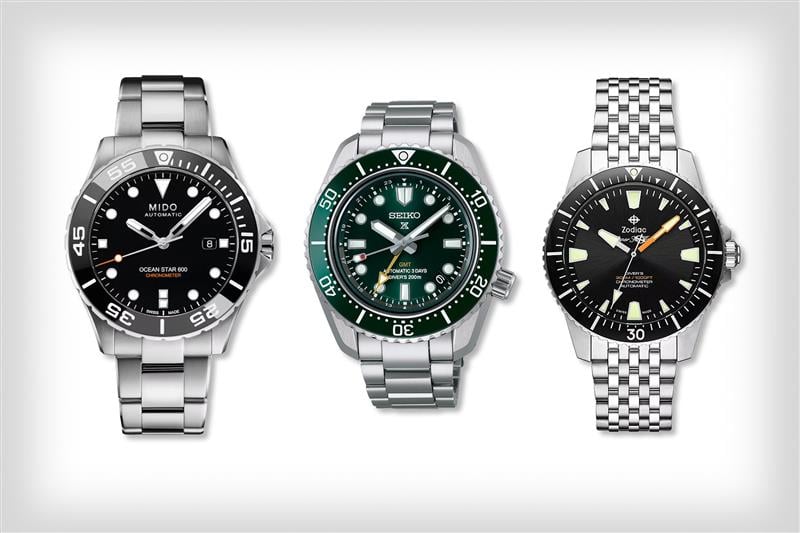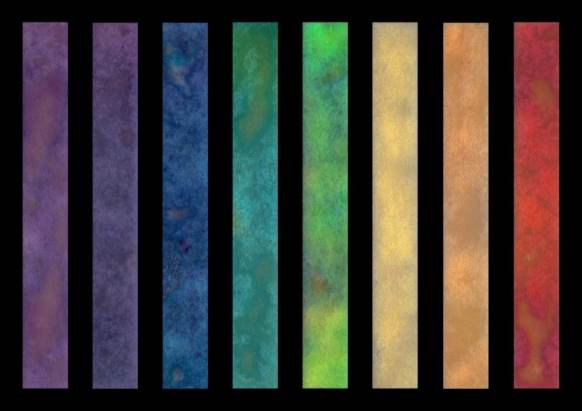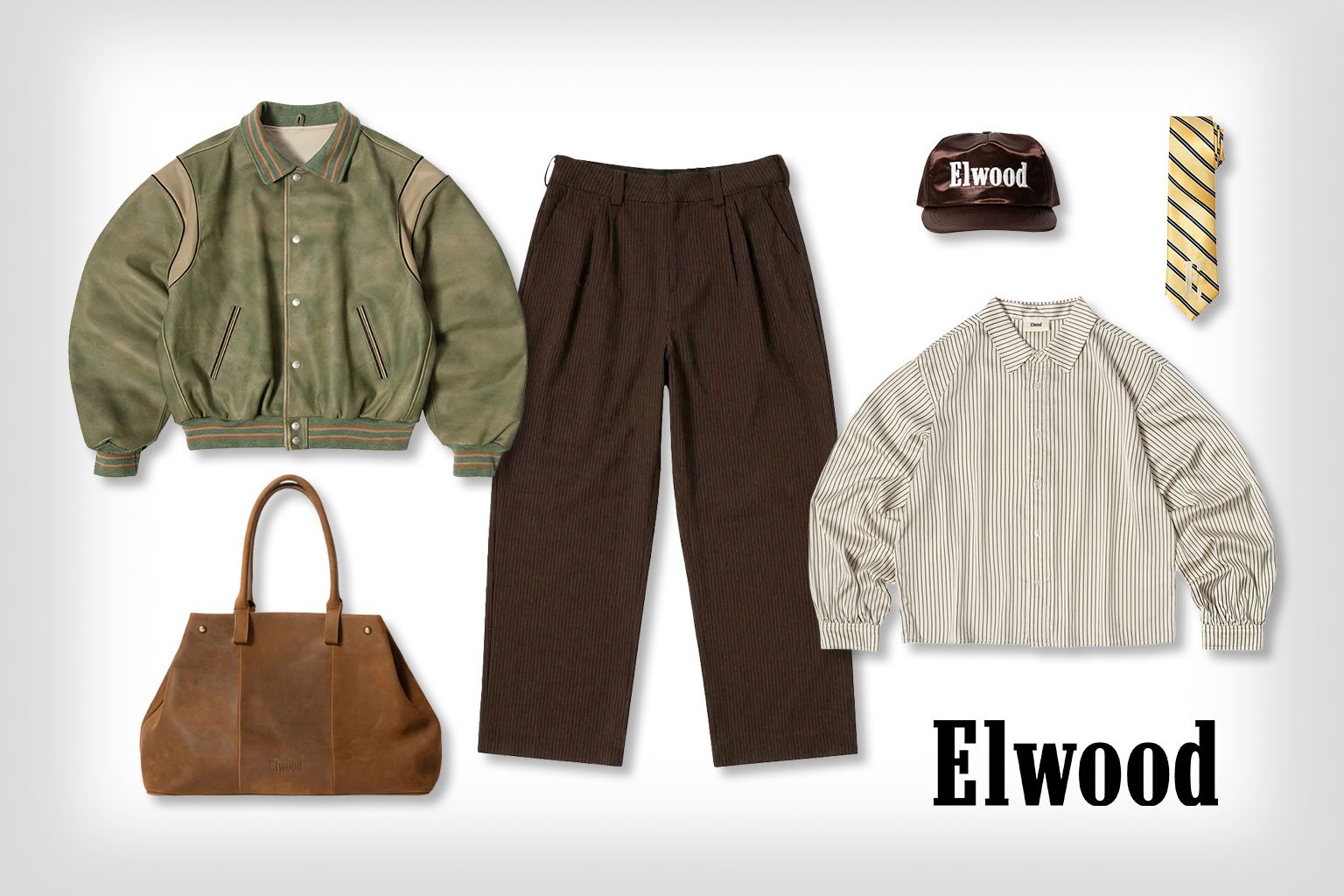EVERYDAY CARRY: Seamaster | FashionBeans
Dec 30, 2025Semi-formal Attire for Men: The Modern Gentleman’s Guide
- Oct 19, 2023
- 0 Comments
396

Navigating men’s fashion codes can be daunting, yet mastering this skill sets the modern man apart. Among these sartorial guidelines, semi-formal attire carves out its own unique space. Semi-formal attire is a versatile ensemble, effortlessly taking one from the rigor of a corporate boardroom to the relaxed elegance of an evening soirée.
The forthcoming discussion explores the nuances of semi-formal attire, the finesse of impeccable dressing, and the gravity of selecting an ensemble that resonates with the occasion.
Semi-Formal Attire for Men
Semi-formal attire for men is a sharply cut suit or a well-fitted sports coat coupled with dress trousers. The blueprint is, therefore, built on a foundation of meticulous tailoring. Meanwhile, accessories function not as mere add-ons but as the final, deliberate strokes in an artful composition.
The landscape of semi-formal attire is a harmonious blend of sophistication and ease, often seen at events like cocktail parties, evening weddings, and upscale dinners. The right semi-formal outfit serves as a sartorial handshake, introducing you before you even speak.
Attire, Dress, Suit & Tuxedo
Men’s fashion is rich and varied, often leading to confusion when terms like “attire,” “dress,” “suit,” and “tuxedo” are thrown around. In the context of semi-formal events, each term carries its weight and implications.
“Attire” is the umbrella term that encompasses the entire ensemble, from head to toe. “Dress” often refers to the overarching style or theme, such as semi-formal or business casual.
A “suit” is a tailored jacket and trousers made from the same fabric, while a “tuxedo” is a more formal variation, distinguished by satin or grosgrain lapels and often reserved for black-tie events.
The Elements of a Semi-Formal Outfit
The composition of a semi-formal outfit is a study in balance—neither too casual nor overly formal. The cornerstone is often a well-tailored suit or blazer paired with dress trousers.
A crisp dress shirt is the backdrop, while leather shoes—Oxfords, loafers, or brogues—lay the foundation. The tie is optional but can add a dash of personality.
Each element should be harmonious, creating a cohesive look that speaks volumes about the wearer’s understanding of the occasion’s requirements.
Exploring Various Options for Semi-Formal Attire
The world of semi-formal attire for men offers a variety of options, showing it’s more diverse than you might think. Suits can range from the classic navy or charcoal to more adventurous patterns like pinstripes or checks.
Dress shirts, too, offer a spectrum of choices, from timeless white to subtle pastels. Accessories like cufflinks, pocket squares, and leather belts are the finishing touches, allowing for personal expression within the boundaries of semi-formal decorum.
Suiting: Types, Styles & Tailoring
The semi-formal occasion calls for a suit that walks the line between casual flair and formal elegance. Choices abound, from the classic two-piece suit to the more elaborate three-piece ensemble.
Fabric plays a pivotal role—wool for colder seasons, linen or cotton for warmer climates. Color, too, is a consideration. While navy and charcoal remain timeless, lighter hues like gray or even subtle patterns can add a contemporary twist.
Popular Suit Styles for Men
The style of a suit is a narrative of personal style. The single-breasted suit, with its clean lines and minimalist appeal, is a staple in semi-formal wardrobes.
On the other hand, the double-breasted variant exudes a sense of grandeur and formality, often reserved for those who wish to make a bolder statement.
Each style’s rules—lapel shapes, button configurations, and vent options—contribute to the overall aesthetic.
The Importance of Proper Tailoring
No matter how expensive or well-designed, a suit loses its charm if it doesn’t fit well. Tailoring is the invisible hand that sculpts the fabric around the body’s contours, transforming a mere garment into a second skin.
The shoulders should lie flat, the trousers should drape smoothly, and the jacket should button comfortably without strain. A well-tailored suit enhances physical appearance and boosts confidence, making it an indispensable element in semi-formal attire.
Dress Shirts: Styles, Patterns & Fabrics
The dress shirt serves as both foundation and facade to semi-formal dressing. It’s the canvas upon which the rest of the outfit is built, yet it also stands as a statement piece in its own right.
The right dress shirt can elevate a suit from mere clothing to a curated ensemble, harmonizing with the other elements to create a cohesive and compelling look.
Exploring Different Shirt Styles
The style of a dress shirt is a nuanced decision that impacts the entire outfit. Collar styles range from the classic point to the more modern spread, each offering a different visual impact and level of formality.
Cuff choices, too, play a role—button cuffs offer a more relaxed look, while French cuffs, paired with cufflinks, add a touch of elegance. The key is selecting a style that complements the wearer and the occasion.
Popular Shirt Patterns & Fabrics
While a crisp white shirt is a timeless choice, the world of dress shirts offers a rich tapestry of patterns and fabrics for those willing to venture beyond the classic.
Stripes and checks introduce subtle visual interest without overwhelming the ensemble. Fabrics like poplin and twill offer a smooth, luxurious feel, while Oxford cloth provides a more textured surface.
Each fabric carries its weight and drape, affecting not just the look but also the comfort of the outfit.
Ties & Accessories: Enhancing the Formal Look
While the suit and shirt lay the groundwork, carefully chosen accessories bring depth and personality to the ensemble. They are the subtle yet significant details that transform a good outfit into a memorable one.
Different Tie Styles
The tie is the centerpiece of many semi-formal outfits, and the style chosen can significantly influence the overall look. Neckties are the versatile classic, suitable for almost any occasion and offering endless color, pattern, and fabric possibilities.
Bowties, the necktie’s more whimsical cousin, brings a flair and are often the choice for those looking to make a more distinctive statement. The key is to match the tie style to the event and the rest of the outfit, ensuring a harmonious look.
Pocket Squares, Cufflinks & Belts
While ties may take center stage, other accessories like pocket squares, cufflinks, and belts play supporting roles that are no less important. A pocket square adds a splash of color and can complement or contrast the tie.
Cufflinks offer a touch of sophistication and are an opportunity to showcase personal style. A well-chosen belt serves a functional purpose and acts as a unifying element, bridging the gap between the shirt and trousers.
Shoes: Choosing the Right Footwear
In semi-formal attire, shoes are the final touch, yet their impact is felt throughout the outfit. A well-chosen pair of shoes can elevate an ensemble, while an ill-fitting or inappropriate pair can detract from even the most carefully curated look.
Different Shoe Styles
The landscape of men’s footwear offers a variety of styles that can fit the semi-formal bill. With their closed lacing and polished appearance, Oxfords are often the go-to choice for a refined look.
Loafers offer a slightly more relaxed yet elegant option suitable for summer events. Brogues, with their intricate detailing, add a layer of complexity and are best paired with more straightforward suits to avoid visual overload.
Appropriate Shoe Color & Material
The shoe color and material choice is a strategic one. Classic black leather is almost universally appropriate, but brown or even oxblood can offer a warmer, more nuanced look.
The material matters—leather is the standard, but suede can be an excellent choice for specific occasions and seasons, offering a softer, more textured appearance.
Color Coordination: Harmonizing Your Look
Color coordination is the invisible thread that weaves together the various elements of a semi-formal outfit, creating a harmonious whole. It’s about creating a balanced look that feels intentional and effortless.
Color Combinations
The classic color combinations—a navy suit with a white shirt and a charcoal suit with light blue—have stood the test of time for a reason. They offer a foolproof route to a polished look.
However, the adventurous can venture into more complex palettes. For instance, a light gray suit paired with a lavender shirt can be refreshing and elegant.
The key is maintaining a balance, ensuring that one color doesn’t overpower the others and that the overall look remains cohesive.
Incorporating Seasonal Colors
Seasonal colors offer an opportunity to inject a touch of timeliness into a semi-formal ensemble. Lighter hues like pastels can add a fresh, airy feel in spring and summer. Come fall and winter, more profound, richer colors like forest green or burgundy can lend the outfit a cozy warmth.
The trick is subtly incorporating these seasonal shades, perhaps in a pocket square or tie, to complement rather than dominate the ensemble.
Occasions: Dressing Semi Formally for Various Events
The semi-formal dress code is a chameleon, adapting to various settings while maintaining its core principles. From weddings and cocktail parties to business gatherings, each event has its own set of unwritten rules that subtly influence the choice of attire.
Appropriate Attire Choices
The event itself often serves as the first clue in the sartorial puzzle. Weddings may require a more romantic or celebratory palette, a lighter suit, and a floral tie.
Cocktail events often allow for more flair—think patterned suits or vibrant pocket squares. On the other hand, business gatherings usually demand a more conservative approach, where the classic dark suit and light shirt combination reign supreme.
Adapting Semi-Formal Dressing
Sometimes, the event comes with its theme or level of formality that can serve as a guide. A “black-tie optional” wedding might warrant breaking out the tuxedo or a dark, formal suit.
A casual business mixer could allow for a sports coat and chinos instead of a full suit. The key is to adapt without losing the essence of semi-formal dressing, maintaining a stylish and occasion-appropriate look.
Trends & Styles: Modern & Classic Twists
Fashion is a living language, constantly evolving while retaining its roots. In semi-formal attire, this energy manifests in subtle updates that breathe new life into classic styles.
For instance, the resurgence of double-breasted jackets and three-piece suits speaks to a renewed appreciation for grandeur. At the same time, the growing popularity of deconstructed blazers reflects a more relaxed approach to formality.
Modern Twists on Classic Styles
The classics endure for a reason, but a modern twist can make them feel fresh and relevant. Consider the timeless grey suit: while it remains a staple, contemporary versions may feature slimmer cuts or unique textures like a subtle herringbone weave.
Similarly, the white dress shirt, a cornerstone of any semi-formal wardrobe, now shares the spotlight with variations in collar styles or even discreet patterns.
Infusing Personal Style
The semi-formal dress code provides a canvas, not a cage. Within its boundaries, there’s ample room for personal expression. Accessories are an easy starting point—think unique cufflinks or a statement watch.
Footwear, too, can be a subtle yet effective way to showcase personal style: a pair of monk straps instead of the usual Oxfords. The key is making intentional choices that align with the occasion and your sartorial sensibilities.
A Final Word on Semi-Formal Mastery
Our exploration of semi-formal attire has been akin to a curated tour through a gallery of sartorial excellence, where tradition and innovation coexist. The broad canvas encompasses foundational garments like suits and dress shirts and the finer brushstrokes of color coordination and accessories.
But remember, these guidelines serve as a starting point, a framework that invites personal interpretation and experimentation. Dressing semi-formally is a form of social grace, a nod to the occasion and its attendees.
Publisher: Source link







